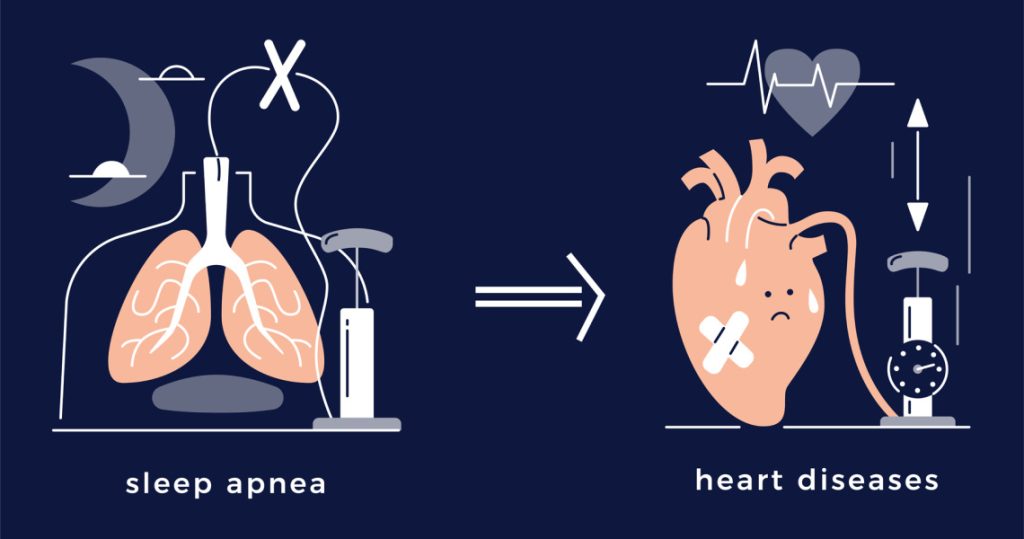Can a new Alzheimer’s vaccine cure or prevent the illness?
Finding a cure for Alzheimer’s disease has proven difficult and contentious. A vaccination has been created for a new target, a protein present in blood vessels and aging brain cells.
It has been tested on mice, and it enhances behavior while lowering levels of a protein precursor to amyloid-beta.
What molecules should be the focus of Alzheimer’s disease therapeutic research is still up for debate.
The development of amyloid beta protein plaques in the brain, which are defining symptoms of the disease, has been the focus of much of the research into treating Alzheimer’s disease. Using a mouse model, scientists have now created a novel vaccination that specifically targets a particular protein present in aging brain cells and blood vessels.

Recent years have seen debate concerning the history of the amyloid beta model and its application as a therapy target. For instance, there was debate about the efficacy and adverse effects of lecanemab (Leqembi) when the Food and Drug Administration (FDA) gave fast approval for its use in treating persons with early Alzheimer’s disease in January 2023. Particularly when the FDA did not, as anticipated, approve donanemab, an Alzheimer’s medicine made by the pharmaceutical corporation Eli Lilly because additional evidence was required to establish its efficacy.
When you think that finding a treatment target for Alzheimer’s disease is potentially big business for pharmaceutical companies, this explosive year for Alzheimer’s science may not have come as a surprise. There are presently 6 million cases in the United States alone, and it is predicted that number would increase to 13 million by the year 2050.
Importants facts about Alzhiemer’s disease
- Alzheimer’s disease is a persistent, chronic (long-term) illness. It is not a normal ageing symptom.
- Dementia and Alzheimer’s disease are not the same thing. A form of dementia is Alzheimer’s disease.
- Its symptoms appear gradually, and its degenerative effects on the brain result in a steady decline.
- Alzheimer’s disease can affect anyone, but some people are more susceptible to it than others. People over 65 and those with a family history of the illness are included in this.
- Alzheimer’s patients cannot be predicted to have a particular outcome. While some persons experience a slower onset of symptoms and a faster rate of disease progression, others experience lengthy lifespans with minor cognitive impairment.
A vaccination for Alzheimer’s disease may also target atherosclerosis.
Inflammation is one of the other pathways known to contribute to the development of Alzheimer’s disease. There is some disagreement as to whether or not atherosclerosis and inflammation are related diseases. Inflammation also underlies other disorders.
Vasculature and inflammation are involved in both disorders. People with specific APOE gene variations are known to be predisposed to both disorders.
For around ten years, mouse models have been used in the research and development of potential treatments for both disorders.
Researchers in Tokyo found that senescence-associated glycoprotein (SAGP-protein) was elevated in immunological and vascular endothelial cells in animal models with atherosclerosis as one recent example of this. In animal models with mutations on the APOE gene, greater expression of this protein has been connected to an increased risk of atherosclerosis and Alzheimer’s disease. Around the immune cells called microglia in the brain, SAGP-protein is also present.
The team’s prior research has demonstrated that decreasing the expression of this protein reduces atherosclerotic plaques in the aorta of mice with APOE gene variations and improves glucose metabolism in obese animals.
They also disclosed that they had created a vaccination that specifically targeted older cells with high levels of SAGP-protein expression.
The same research recently revealed they had found this vaccine may also lessen levels of inflammatory chemicals and amyloid-beta peptide, which is a precursor to amyloid beta protein and affects how Alzheimer’s disease behaves in mice models.
These preliminary research findings were presented at the Basic Cardiovascular Sciences Scientific Sessions of the American Heart Association in Boston in 2023.
A new Alzheimer’s vaccine may change the game.
In an email, the study’s lead author, Dr. Chieh-Lun Hsiao, stated: “Unfortunately, how we generate vaccine is not allowed to expose, but the design of the vaccine is to eliminate or reduce the cells which contain an abundance of our target, SAGP.”
How the vaccination functions are described by Dr Hsiao as follows:
The immune system is trained through vaccination to recognize a particular foreign substance, such as an antigen or peptide. In our theory, we would say that we hypothesize that the pathogenic/abnormal cells with elevated SAGP expression.
Therefore, following vaccination, individuals would have the immunity necessary to recognize SAGP-HIGH expressed signal and then remove/destroy the cells that contain SAGP-HIGH expressed signal.
The study’s authors concluded that Alzheimer’s disease might someday be treated with their vaccine.
In the future, we’d probably switch to different animal models for more in-depth research on vaccination effectiveness, according to researcher Dr Hsiao. We are also interested in how different cell types’ phenotypes alter in response to immunisation. As we move forward, we’ll pay greater attention to the mechanisms.
Potential drawbacks and effects of the new vaccine
There needs to be more research on the potential negative consequences of this target, according to Kath Intson, CEO of the Canadian business Variant that specialises in precision medicine and a PhD candidate at the University of Toronto.
In an email, Intson stated:
“At best, there is a low likelihood that a medication like this will be used prophylactically, or like a vaccination, to prevent AD. One of the targets is microglia, which function similarly to immune cells in the brain. I’m interested in learning more about the percentage of SAGP-enriched, highly enriched microglia that were removed. As you might expect, eliminating a significant portion of the brain’s immune system has negative effects.”
She also questioned whether Alzheimer’s disease treatments should focus on preventing the accumulation of amyloid-beta peptide (APP), the precursor of amyloid beta-protein: “One point – we must cease thinking of APP accumulation as a fundamentally abnormal physiological process.”
Previous research has shown that APP acts as a protective factor in the brain after acute lesions like strokes or traumatic brain injuries. In response to these assaults, APP overexpression increases brain cell survival in the near term. Any suggestion of mass vaccination campaigns with APP-elimination goals has my utmost scepticism. It would have effects on the health of healthy people about other brain-damaging disorders to remove this necessary and typical function.
REFERENCES:
- https://www.medicalnewstoday.com/articles/can-novel-alzheimers-vaccine-prevent-or-treat-disease
- https://newsroom.heart.org/news/novel-vaccine-may-hold-key-to-prevent-or-reduce-the-impact-of-alzheimers-disease
- https://baptisthealth.net/baptist-health-news/roundup-could-novel-vaccine-prevent-or-reduce-alzheimers-impact
For Alzheimer’s disease medications that have been suggested by doctors worldwide are available here https://mygenericpharmacy.com/index.php?cPath=77_239








